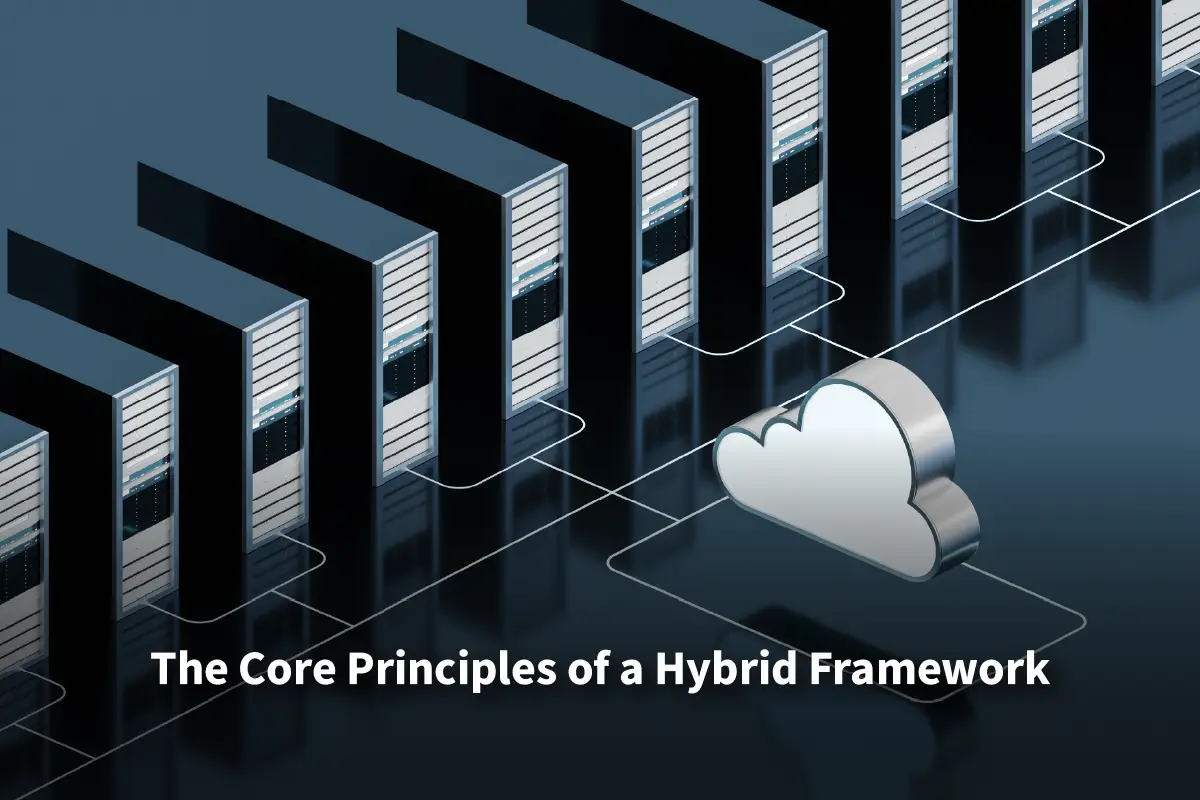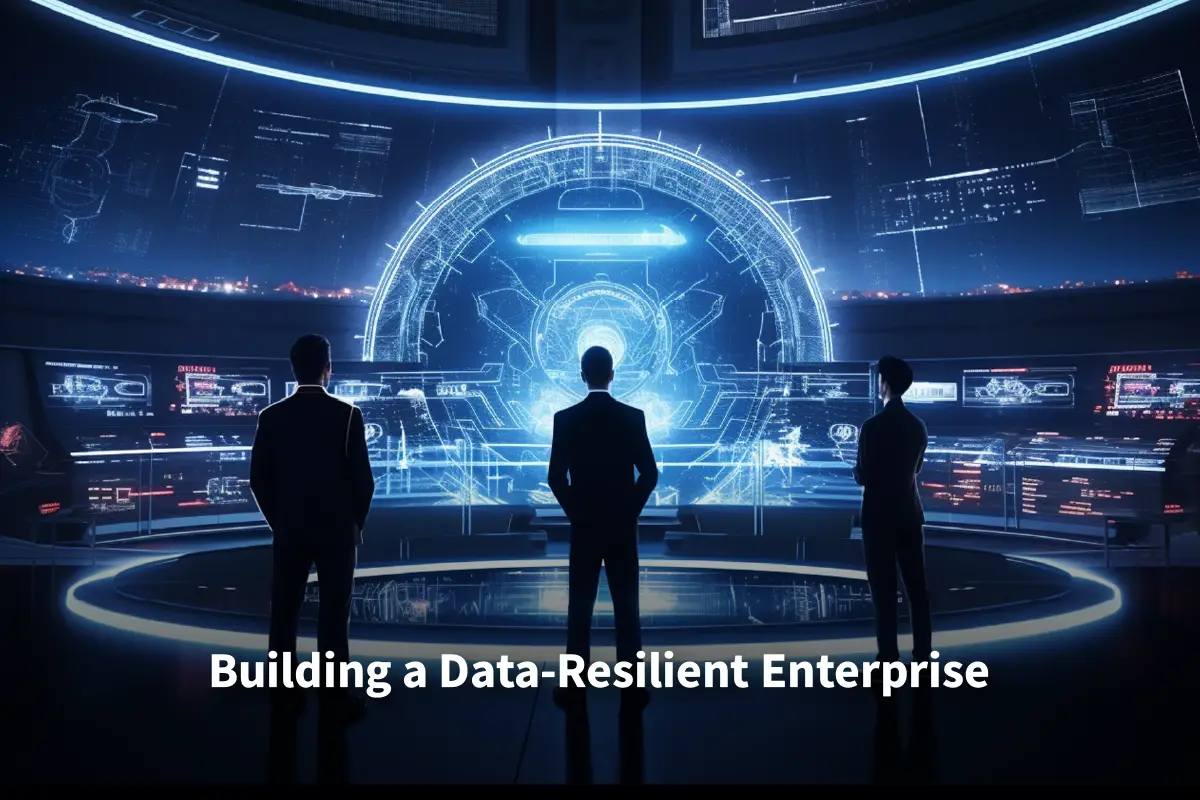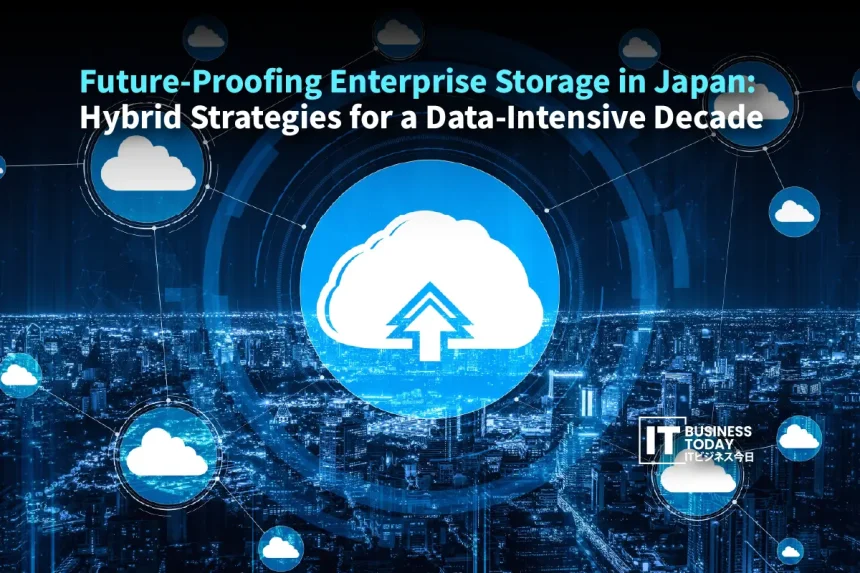東京のど真ん中で、1つの道具だけでなく、たくさんの道具を使いこなす匠の職人がいます。鑿(のみ)、鉋(かんな)、鋸(のこぎり)。それぞれの道具は、特定の木目、切り口、プロジェクトに合わせて慎重に選ばれます。それぞれの仕事に適した道具を選ぶという精度の高い考え方は、単なる伝統ではありません。今日のビジネス・リーダーの青写真なのです。彼らは圧倒的な量のデータという大きな課題に直面しています。
愛知の自動車メーカーや大阪の銀行など、日本のビジネスリーダーにとってデータは不可欠なもの。単なる副産物ではありません。イノベーション、競争力、そして国の経済目標達成に不可欠なのです。私たちは今、データ主導の10年を迎えようとしています。この変化はAI、IoT、そしてデジタル主権への動きによってもたらされます。今重要なのは、どれだけ多くのデータを保存できるかということではありません。どれだけスマートにデータを活用できるかということです。旧来のストレージ方式では、もはやこの圧力に対応できません。これからは、柔軟でニュアンスの異なる、ハイブリッドなアプローチが求められます。
2024年11月、石破茂首相は 11兆円 (約$650億円)イニシアティブは、今後10年間で50兆円の民間資金を背景に、国内の半導体生産とAI能力を強化するものです。これは日本の広範な ソサエティ5.0 サイバー空間と物理空間を統合して「超スマート社会」を実現するというビジョン。
こちらもお読みください: 日本の高齢化に対応する技術主導のソリューション・トップ10
これは新旧の単純な組み合わせではありません。エンタープライズ・ストレージの将来性とは、スマートなシステムを構築することです。このシステムは、オンプレミスのインフラ、プライベートクラウド、パブリッククラウドサービスを結びつけます。これらは連携して、接続された応答性の高いソリューションを形成します。それは データ 日本のトップエンジニアリングに匹敵する強度と精度を誇るエコシステム。
日本企業に求められるもの
日本市場にはいくつかの要因があります。そのため、スマートなストレージ戦略が不可欠です。私たちは個人情報保護法(PIPA)にしっかりと従います。私たちは強固なデータレジデンシーと主権を保証する必要があります。金融やヘルスケアのような業界にはルールがあります。これらのルールでは通常、機密データを国内に留める必要があります。多くの重要な機関は、ペタバイト級のデータを海外のパブリッククラウドに移すことはできません。信頼とセキュリティはあまりにも重要なので、まずは明確な戦略が必要なのです。
同時に、革新へのプレッシャーも計り知れません。競合他社はAIを使ってよりスマートな自動車を開発しようとしています。効率的なサプライチェーンの構築。また、パーソナライズされた顧客体験の提供にも力を入れています。AIや機械学習のタスクには大量のデータが必要です。そのため、データをGPUに迅速に送信するための大容量かつ高速なストレージ・プールが必要です。遠く離れた場所からデータを取得 クラウド は、こうした努力を鈍らせる可能性があります。完全なコントロールとセキュリティの必要性と、柔軟でスケーラブルなコンピューティング・パワーの必要性です。ハイブリッドモデルは、このパラドックスに対する唯一のまともな解決策です。
ハイブリッド・フレームワークの基本原則

データを「どこに」保存するかという単純な問題にとどまらず、最新の戦略では「なぜ」「どのように」保存するかに重点を置いています。目標は、データを適切なストレージ階層に置くことです。その時点におけるデータの価値、パフォーマンスニーズ、コンプライアンス要件に依存します。それにはソフトウェア定義ストレージ(SDS)と単一の管理プレーンが必要です。このセットアップは、データエステート全体を管理するための明確なビューを提供します。ローカル データセンターコロケーション施設、またはパブリッククラウドゾーン。
最初の原則は、データの自動階層化です。超高速のオールフラッシュ・アレイにリアルタイム・データを保存するシステムを想像してみてください。このセットアップが日常業務の鍵となります。また データセキュア をお客様の施設内に設置することができます。データが古くなり、アクセスが少なくなると、自動化されたポリシーにより、データは低コストで大容量のオブジェクト・ストレージ・システムに移行します。これは、レジデンシー・ルールに従うため、ローカルのクラウド・プロバイダーがホスティングすることもあります。最も安価なクラウド・ストレージ・ティアに過去のデータを保存することができます。このデータはコンプライアンスや、時にはアナリティクスのためだけに必要です。これは手動ではありません。ポリシー主導のスマートなフローです。パフォーマンスを向上させ、コストを削減します。
2つ目の重要な原則は、強力なデータ ガバナンス そしてセキュリティ。これらの要素がこの ハイブリッド アーキテクチャ暗号化はどこにでもあるべきです。保存されるデータにも、ストレージ層間を移動するデータにも重要です。アクセス制御と監査証跡は厳格でなければなりません。また、一貫性がなければなりません。これはデータがどこに保存されていても同じです。この統一されたセキュリティ・アプローチにより、リーダーはクラウドの強みを信頼することができます。クラウドは安全です。顧客と企業の情報は安全なままです。
理論から実践へ
このモデルを採用するには、単に調達の発注をするだけではありません。考え方を変える必要があるのです。あなたの旅は、データの徹底的な監査と分類から始まります。自社のデータを知る必要があります。それがビジネスにとっていかに重要かを認識すること。パフォーマンス上の必要性と、従うべきルールを知ること。このマッピング作業が、スマート・ティアリング・ポリシーの基礎となります。
次に、オンプレミスのセットアップにSoftware-Definedアプローチを採用します。信頼できるベンダーのSDSソリューションを使用することで、キャパシティとパフォーマンスが向上します。標準的なハードウェアを使用できます。これにより、ベンダーロックインを避けることができます。この方法は、クラウドのような感覚を自社のスペースにもたらします。このオンプレミスのセットアップは、パフォーマンスの中核となります。また、コンプライアンスのアンカーとして、そしてクラウドエコシステムへの安全なゲートウェイとして機能します。
クラウドパートナーは慎重に選びましょう。真のハイブリッド体験を提供するプロバイダーを選びましょう。専用で低レイテンシーの接続を提供するプロバイダー データセンター.また、日本国内にローカル・アベイラビリティ・ゾーンがあることも重要です。これは、ビッグデータ分析やテストのためにクラウドでバーストワークロードを実行する際、データが近くに残っていることを意味します。これにより、高いパフォーマンスが維持され、データ主権法にも適合します。
2024年4月、政府は 725億円 (約4億7,000万ドル)をAIスパコン開発資金としてKDDIやさくらインターネットなど5社に分配。さらに 2025年1月6,128基のNVIDIA H200 GPUを統合し、6.22エクサフロップス(半精度)を実現。
ある有名な日本の製造業大手について考えてみましょう。自動運転車の研究では、毎週ペタバイトのセンサーデータが生成されます。彼らはまずデータを収集します。そして、強力なオンプレミスクラスターを使ってデータを処理します。これにより、迅速なモデル・トレーニングが可能になります。主分析の後、結果はローカルシステムに保存されます。生のデータセットはその後、ローカルのクラウド・ゾーンにある低コストのオブジェクト・ストレージ・サービスに送られます。このアーカイブは、将来のAIチームが簡単にアクセスできます。プライマリストレージに高いコストをかけることなく、新しいアルゴリズムを使ってクエリーを行うことができます。ハイブリッド環境でのデータフローをマスターしたのです。この変化により、コストセンターが戦略的資産に変わります。
データに強い企業の構築

これからの10年で、誰が市場のリーダーで、誰がフォロワーなのかが明らかになるでしょう。勝者は、データストレージ戦略を単なるIT費用ではなく、重要なアドバンテージとみなします。そして、スマートで柔軟なシステムを構築します。これらのシステムは、将来の未知のデータニーズにも対応できます。迅速なピボット、容易なイノベーション、他社が見逃すインサイトの獲得が可能です。
これからの道にはパートナーシップが必要です。ビジョナリーリーダーは技術の専門家と協力しなければなりません。そのためには、孤立した意思決定から完全な建築的視野へと移行することが必要です。名工は道具と材料を理解することで成功しました。今日のビジネスリーダーは、最も貴重な資産であるデータを深く理解する必要があります。スマートなハイブリッド・ストレージ戦略を採用することで、将来に備えることができます。あなたは日々、それを形作っているのです。これによって、日本の最高の職人技のように、ビジネスを強固にし、尊敬され続けることができるのです。データの未来を設計するのは今です。







